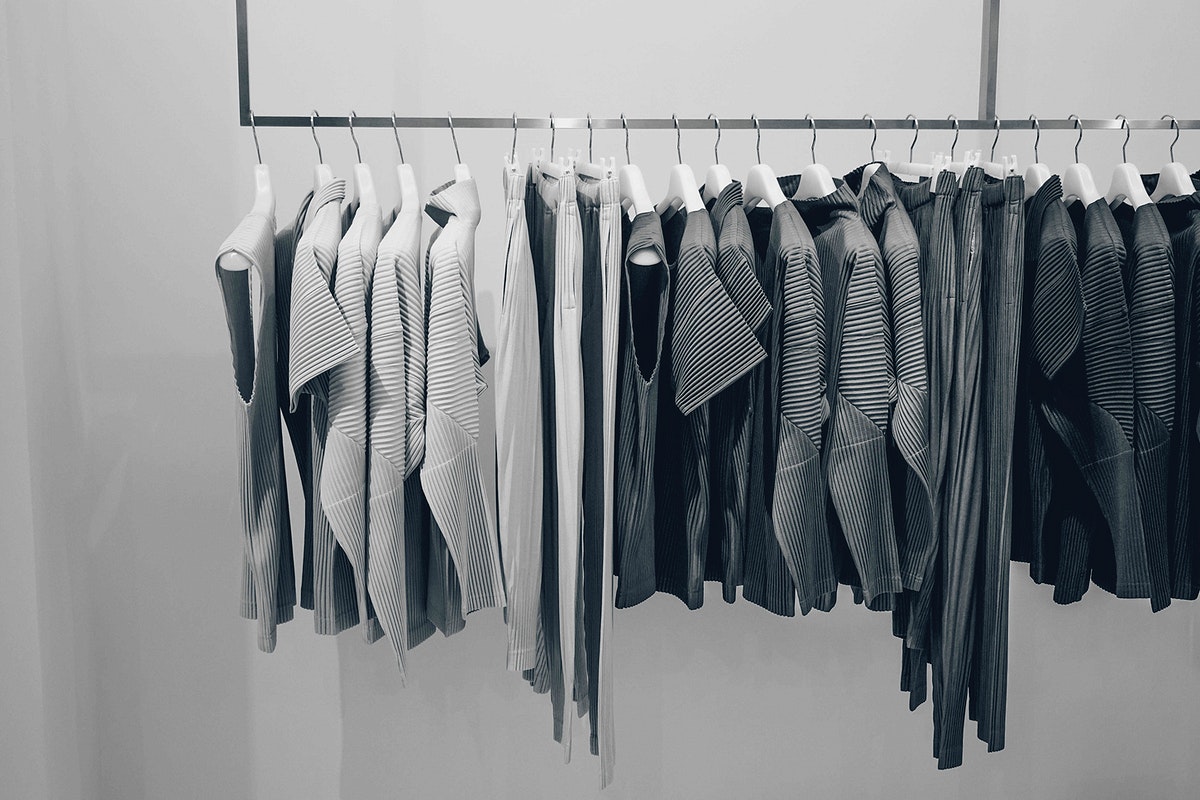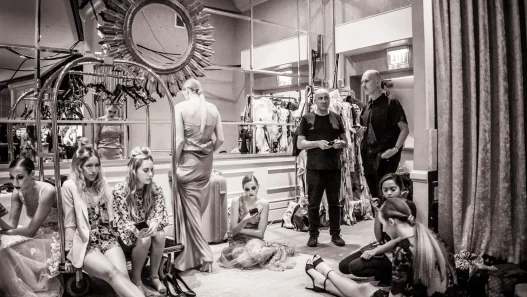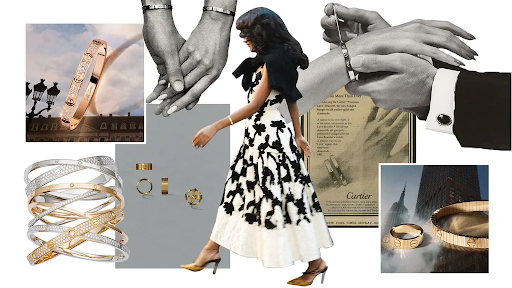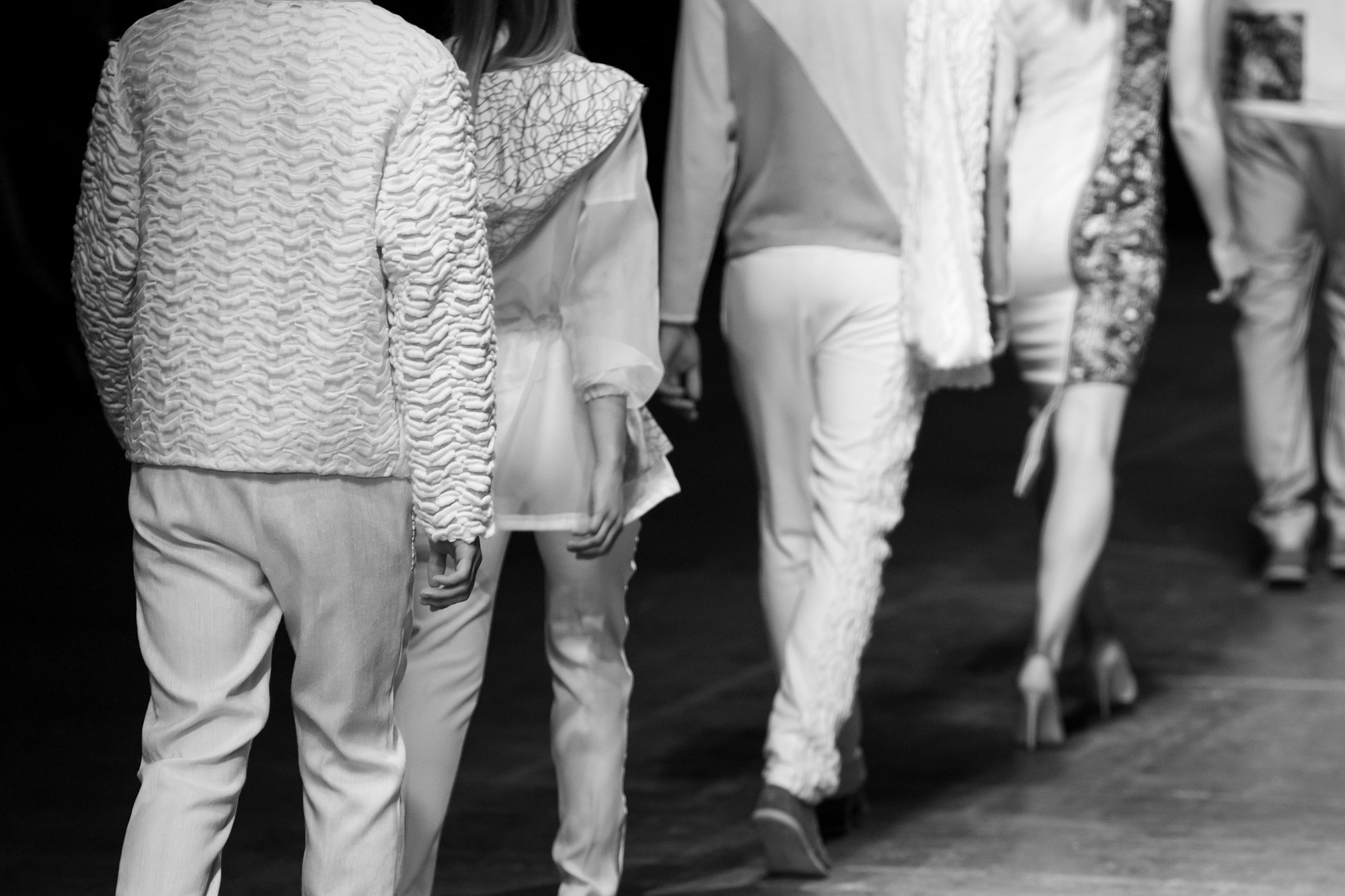The briefcase: a timeless symbol of professionalism and superiority. But with countless leather options, choosing the right one for your stylish and dependable companion can feel overwhelming.
In this guide, we will take you into the world of premium leathers, exploring their unique characteristics and durability.
Types of Leather for Briefcases
According to Statista, luxurious briefcases and suits are trending globally, as users are demanding high-quality and stylish luggage for traveling. The market is expected to surge at a CAGR of 4.1% from 2024 to 2028. Of all types, leather briefcases are in high demand in the US.
Leather briefcases are available in buttery smooth full-grain type or richly textured pull-ups. You can explore the best leather types for a briefcase that speaks to your style.
Full-Grain Leather
The undisputed heavyweight champion of leathers, full-grain boasts a reputation for unparalleled quality and a timeless aesthetic. Crafted from the hide’s top layer, it retains all its natural scars and imperfections. The result is a unique, rugged appearance that develops an attractive patina gradually.
While the most expensive leather option, full-grain offers unmatched durability, a luxurious feel, and a sophisticated look that only improves with time. However, its openness to the elements can mean susceptibility to scratches and watermarks, requiring proper care to maintain its beauty.
Top-Grain Leather
Stepping down slightly in price from full-grain is top-grain leather, a popular choice for briefcases that offer a good balance of affordability and quality. It undergoes sanding or buffing to remove imperfections and create a smoother appearance. This process enhances stain resistance but can slightly diminish the leather’s natural breathability and rugged character.
Top-grain leather briefcases are known for their smooth texture and polished look, making them a great option for those seeking a professional aesthetic. It is a strong contender for full-grain leather when properly looked after, offering excellent durability.
What should I check to confirm I’m buying genuine top-grain leather?
Look for descriptions that mention top-grain leather, not corrected-grain or genuine leather (which can be lower quality). Avoid briefcases with a plastic-like feel, it indicates a coating that may hide imperfections in lesser leather.
You must know about the ratio of thickness and weight of full-grain and top-grain leather. They are measured with a leather gauge. For every 1 ounce of leather by weight, the thickness must be roughly 0.4mm. This ratio matters for properly handling leather products and it matters more when you are working with leather.
Genuine Leather
Genuine leather guarantees some real leather content, it doesn’t specify quality. Genuine leather briefcases can be made from leftover scraps of higher-grade hides or lower, less durable layers. These leathers often receive coatings or finishes to improve appearance, but this can come at the cost of breathability and longevity. Although they are budget-friendly, they are not very durable. They won’t develop the same beautiful patina as full-grain or top-grain leathers.
How can I distinguish genuine leather from synthetic alternatives?
Genuine leather will have a natural, slightly irregular grain with some imperfections. They are cool to the touch earlier but soften with warmth. Synthetic leather will often feel uniformly smooth, plastic-like, and stay cold. Real leather will require specific leather conditioners, not synthetic care products.
Still, if you have doubts, trust your nose instinct. Genuine leather has a discrete smell, that is an organic natural scent. It cannot be copied or manufactured artificially. So smell plays a crucial role in determining the genuineness of leather.
Is Italian Leather Better?
Italian leather is often considered the gold standard due to its superior craftsmanship, durability, and ability to develop a rich patina over time. The meticulous processes involved in production, extended tanning, and natural conditioning, ensure that the leather is aesthetically pleasing, long-lasting, and resilient.
Von Baer’s Cuoio Superiore grade (found at vonbaer.com) takes these qualities even further. Sourced from hand-picked Bos taurus cattle hides that graze on nutrient-rich pastures in Western Europe, this leather boasts exceptional durability. The unique 72-hour tanning process, far longer than the typical 8-hour method, enhances strength and texture.
Moreover, the Tuscan conditioning process uses only natural oils and tallow, eschewing harmful synthetic chemicals, to nourish and protect the leather. This results in a premium product that surpasses regular Italian leather and also maintains its beauty and integrity over time. These qualities make it an ideal choice for a high-quality briefcase.
Are there regional variations within Italian leather that affect quality and price?
Yes, regional variations can influence Italian leather quality. Traditionally, hides from Tuscany are prized for their dense fibers and tight grain, leading to higher prices. Other regions may offer good quality at a lower cost, but it’s best to research the specific tannery’s reputation for a true picture.
Sustainable and Alternative Leather Options
Eco-conscious consumers have exciting alternatives. Mushroom leather, crafted from mycelium (fungus roots), boasts a low environmental impact and a luxurious feel.
Scientific American reported that the biotechnology industry is now expanding into the fashion industry. Mushroom leather is now being used as a substitute for leather obtained from animals. MycoWorks has already announced a funding of $125 million to produce Ganoderma lucidum mycelium. This mushroom will be used to cultivate mushroom leather in South Carolina.
Cork is also a leather form. It is extracted from the bark of cork oak trees. It is naturally water-resistant, lightweight, and sustainable. Pineapple leaf leather utilizes waste from pineapple harvests. These innovative materials provide stylish and responsible choices for the modern briefcase owner.
Choosing the Right Leather for Your Needs
The ideal leather for your briefcase hinges on your priorities. For the ultimate in durability and timeless beauty, full-grain leather reigns supreme. Top-grain offers a balance of affordability and quality with a polished look.
Genuine leather can be budget-friendly, but quality can vary. Consider sustainable options like mushroom or pineapple leather for an eco-conscious twist. Ultimately, the best leather reflects your style, needs, and values.
Care and Maintenance Tips
To keep your leather briefcase looking its best, invest in a good quality leather conditioner. Apply it sparingly with a soft cloth a few times a year, more often in dry climates. Brush away dust and dirt regularly with a horsehair brush.
Always store your briefcase in a cool, dry place away from direct sunlight and heat. For spills, act quickly. Blot up excess liquid with a clean, absorbent cloth and allow the leather to air dry naturally. Professional cleaning may be needed for tougher stains.
How often should I condition and protect my leather briefcase?
Apply leather conditioner 2-3 times a year, more frequently (every few months) in dry climates. Focus on a light application with a soft cloth, allowing it to absorb completely before buffing.
Your Briefcase, Your Legacy
Your briefcase is more than just a holder for your essentials; it’s a reflection of your style and professionalism. By understanding the unique qualities of different leathers, you can make an informed decision that aligns with your needs and values. With proper care, your leather briefcase will develop a rich patina over time, transforming into a cherished companion depicting your story with every journey.















